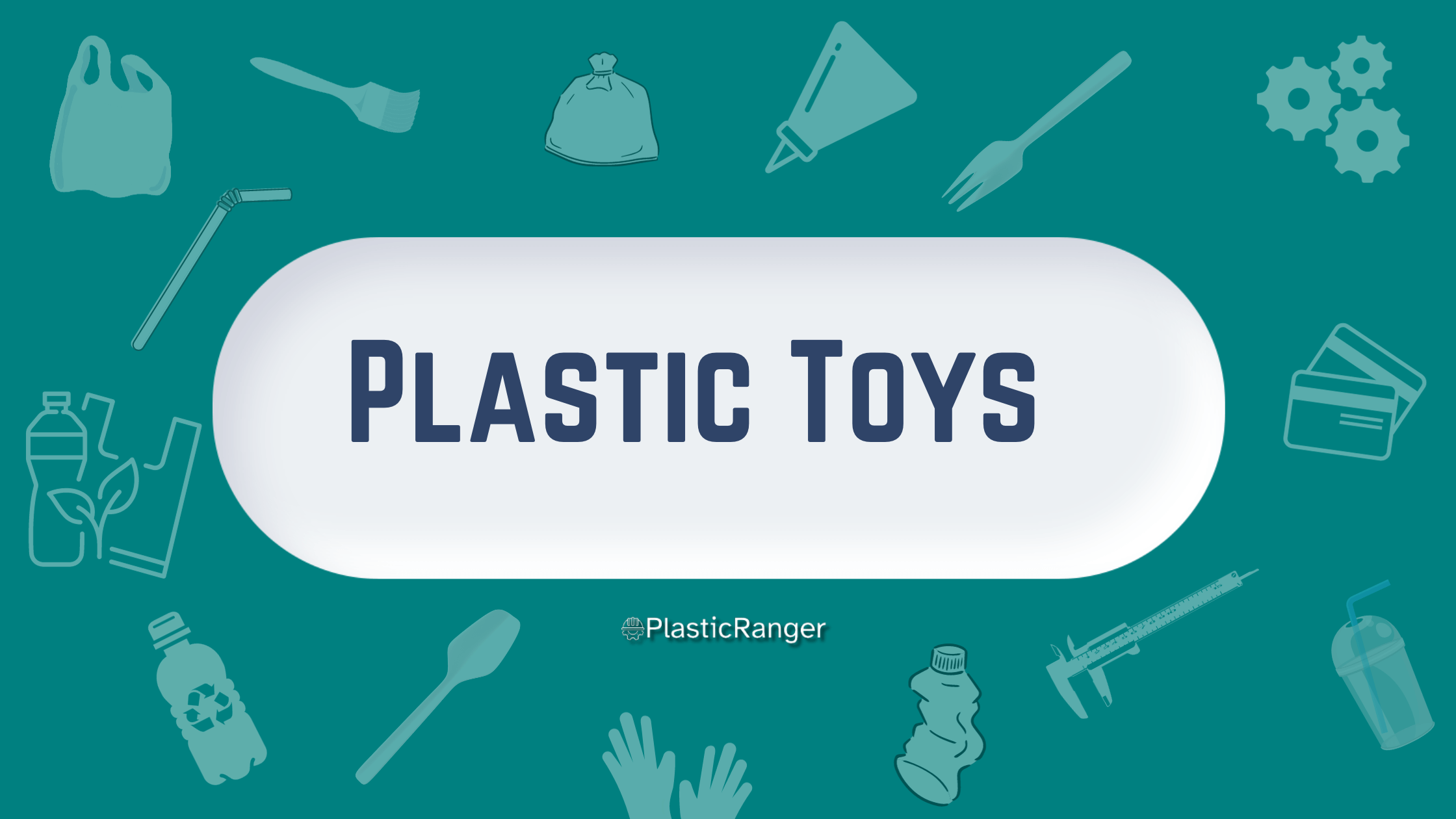Plastic Toys: A Comprehensive Overview and the Plastics Behind Them
Toys are not just instruments of amusement. Over the centuries, they’ve also been tools for teaching, symbols of cultural expression, and artifacts of technological evolution. Today, the most prevalent toys in our society are made from plastic. They’re colorful, durable, and affordable. But what goes into the making of these plastic toys?
Plastics in Toy Manufacturing
Plastics is a highly versatile material. It can be molded into a nearly limitless array of shapes and sizes, making it perfect for creating toys. Plastic toys range from action figures and building blocks to dolls and toy vehicles. The variety of plastics used in their production ensures safety, durability, and flexibility.
Types of Plastics Used in Toy Production
Certain plastics are preferred over others for toy manufacturing thanks to their suitable properties. Here are they:
Polyethylene (PE) and Polypropylene (PP)
Features: These are some of the most commonly used plastics in toy manufacturing. Polyethylene and Polypropylene are known for their flexibility and durability. Toys made from these plastics can often endure rough play and resist breaking.
Uses: Commonly found in toy cars, dolls, action figures, and more giant toys like playhouses.
Acrylonitrile Butadiene Styrene (ABS)
Features: ABS is a robust, hard, and of the most heat resistant plastic in the market. Its rigidity and high-quality finish make it popular for many toys.
Uses: It’s the plastic behind many building blocks (like LEGO), helmets, and other toys that require sturdiness.
Polystyrene (PS)
Features: While similar to ABS, Polystyrene tends to be more brittle in many ways. However, it can be made transparent and is easily colored.
Uses: Often found in model kits and specific board game components.
Polyvinyl Chloride (PVC)
Features: PVC is soft and flexible, often used in toys for younger children as it is also one of the most UV resistant plastics; it is used for making toys for outdoor play. However, its use has been controversial due to concerns about potentially harmful chemicals called phthalates, sometimes added to PVC to increase flexibility. Thankfully, many toy manufacturers have started using phthalate-free PVC.
Uses: Commonly found in dolls, inflatable toys, and some action figures.
Ethylene-vinyl acetate (EVA)
Features: EVA is considered safe and is BPA-free. It’s soft, flexible, and water-resistant.
Uses: Often used in foam play mats, puzzle pieces, and other cushioned toys.
Safety Concerns and Regulations
Safety is paramount when it comes to children’s toys. The potential risks of plastic toys include choking hazards, sharp edges, and chemical exposure. However, one of the most significant concerns in recent years has been using certain chemicals in plastics. Many countries have stringent regulations in place to ensure the safety of plastic toys:
- The Consumer Product Safety Improvement Act (CPSIA) in the US restricts certain phthalates in children’s toys and childcare articles.
- The European Union’s Toy Safety Directive restricts the use of certain hazardous substances in toys.
As a result of these and other regulations, toy manufacturers have become more vigilant in ensuring their products are safe. Consumers can often look for certification labels or marks that indicate a toy has been tested and meets safety standards.
Environmental Impacts
The durability of plastic is both a blessing and a curse. While it ensures longevity for the toys, it also means they take a long time to degrade once discarded.
Many environmentalists have raised concerns about the impact of plastic waste on our planet. In response, some toy companies are seeking sustainable alternatives, such as bioplastics or recycled plastics. Such initiatives can help reduce the carbon footprint of toy production and decrease plastic waste in our environment.
Conclusion
Plastic toys have been a staple in children’s playrooms for decades, and the variety of plastics used in their production plays a pivotal role in their appeal and functionality. While safety and environmental concerns have brought about challenges and scrutiny, the toy industry’s adaptability and innovation ensure that plastic toys will continue to evolve, balancing joy, safety, and environmental responsibility.
Quick Navigation

